Formula One Technology Overlapping Road Cars More And More
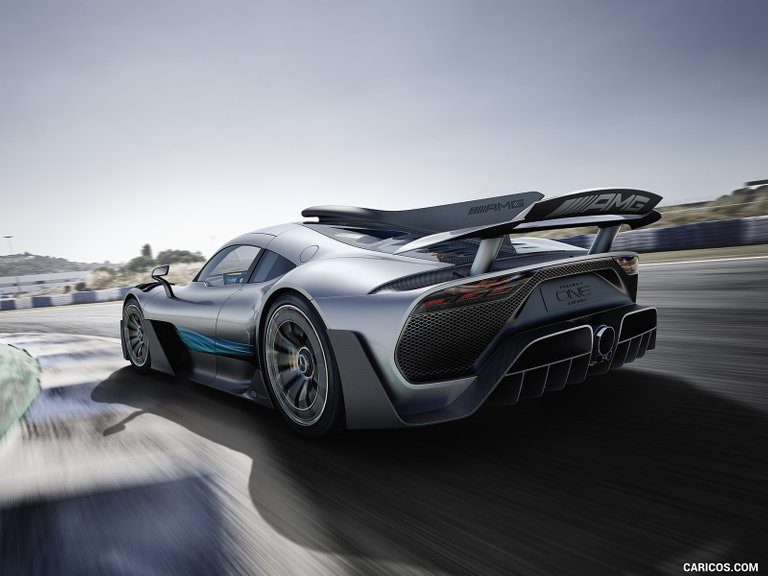
source
In the 1980's and 1990's Formula One was more about the Aero space part of racing with not much value being added to the every day car we see on the roads. That has all changed now though as the works teams are sharing and exchanging information with each other.
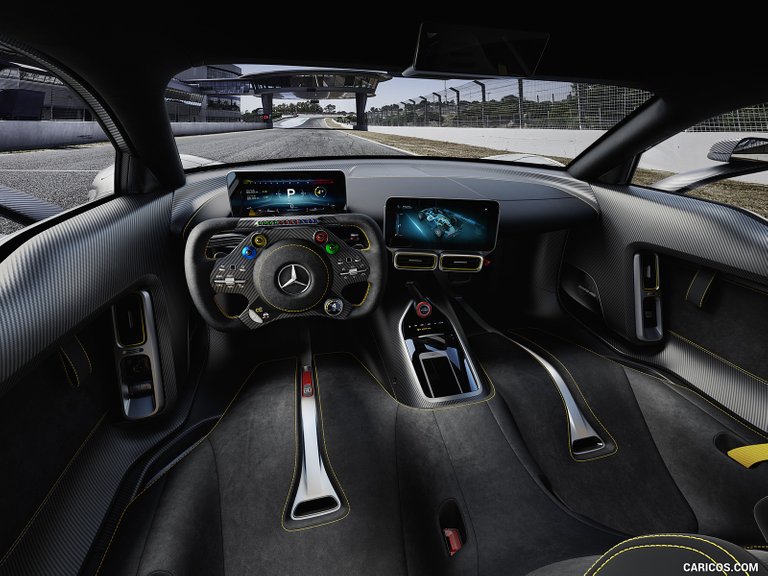
source
Everything on Project One is based from Formula One. Taking the best of one world and applying it to another making it legal at the same time.
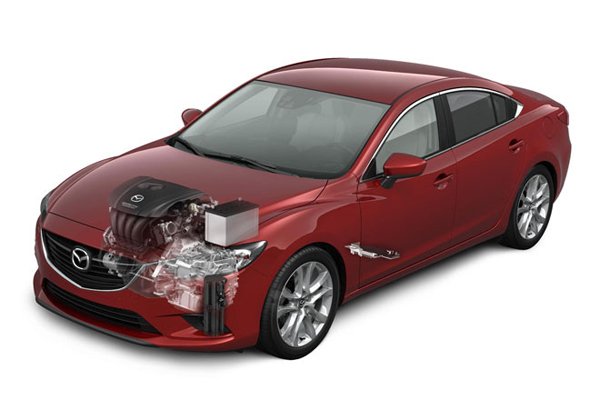
source
KERS is used in the Hybrid road cars to charge the battery. This system was developed by Williams Racing.
A works team like Mercedes ,Renault and Ferrari add so much value to their parent companies. We have seen bits like the KERS (Kinetic Energy Recovery System) come out in the road cars plus the flappy gear boxes (1989 Ferrari with semi automatic gear box), but have often wondered what else is going on that we don't know. Carboceramic brakes have filtered through slowly as prices have dropped. Traction control was first seen in 1990 with Ferrari and now parts of it can be found even in budget cars with the likes of ABS braking.
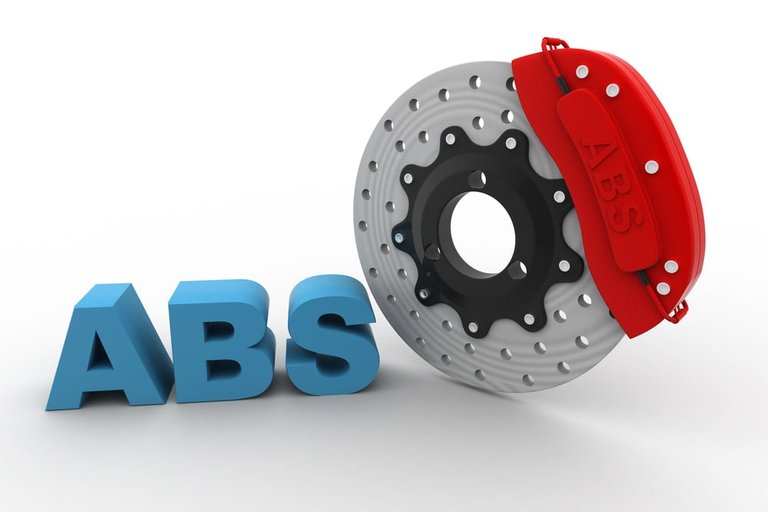
source
ABS is thanks to Ferrari developed in 1990.
The Daimler Research and Development Department based in Stuttgart is using similar tools regarding development that the formula one team uses. Simulation is the key tool they are both using these days making applications and technologies relevant to each other. In the past these guys were so far apart, but now they speak the same language.
One such study happening right now is the Formula One team is helping Daimler understand their road tyres better.The team has been assisting with some of the road car tyre modelling as they know the subtleties required for maximum performance with road safety in mind. The right set up of the tyre and understanding the various elements such as the heat and condition of the road it will allow for the onboard settings to adjust accordingly.
What the Formula One teams have in abundance is data and the trick is pulling and using what is relevant to the road cars. Systems and artificial intelligence are becoming more important so understanding the data which is vital knowledge if you know how to read it.
Cars that were racing 30 years ago were using double the fuel they use today. The Hybrid powered turbo engines have really delivered and there is still more to come. The way I see it is they have to still reduce the size of the engine without losing the performance. Eventually we will have to end up with a total electric Formula One car in the future.
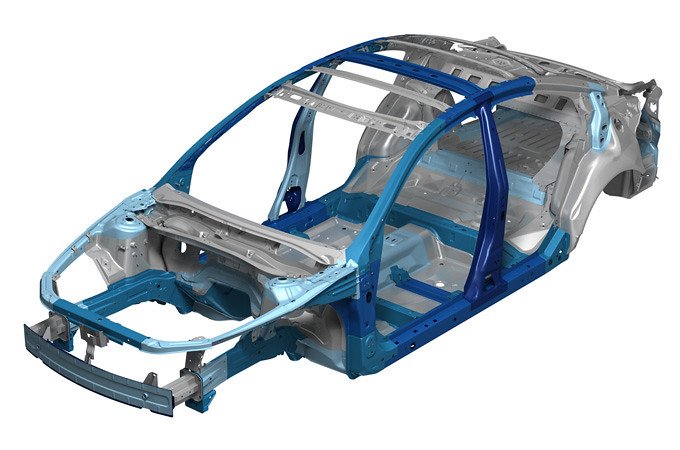
source
Different materials are now being used in the making of the chassis. Years ago it was all one material being used.
The car as we know it will change drastically from the parts they use as they are becoming more green and environmentally friendly. The factories are using renewable energy and no more single use plastics. The Formula One teams are experimenting with materials that will replace the ones we see and use today.A prime example is the composite monocoque chassis which is basically a protective cell that is made of different materials to the rest of the car. The occupants of the car will have this as extra protection and is already being introduced in road cars.
Harvesting the energy is where the overlap is going to come as the rear wheels are being used under braking to generate electricity currently, but they need to somehow harvest from the front wheels as well. Cars of the future will be an all wheel drive car meaning energy will be sent and received through all 4 wheels. This makes the handling of the car much safer and more balanced allowing for a better performance.
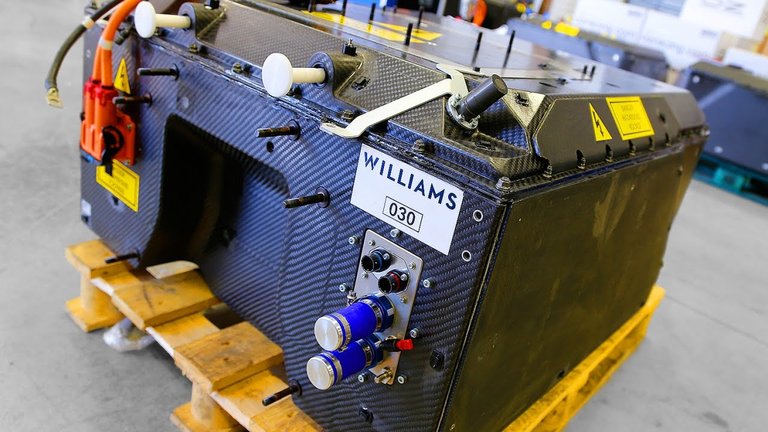
source
The road cars are relying on Formula One and Formula E to arrive at the same point with performance. Currently Williams supply the batteries for the Formula E cars yet they are last on the grid in Formula One as a team right now. With their team leading the way in that technology reducing the battery sizes it will have to end up in the road cars at some point sooner than later. Williams could be the most important team on the grid within the next 10 years.
All we have to do is cast our mind back to cell/mobile phones from the 1990's and compare them to now to get an idea what the Formula One teams are trying to achieve. Currently the battery weighs 320 kilograms which equates to over 4000 phone batteries. Over the next 10 years this will have to be half the size offering the same performance.
Shared with my billions of Twitter followers
https://twitter.com/cryptoandcoffe2/status/1253637294411612160